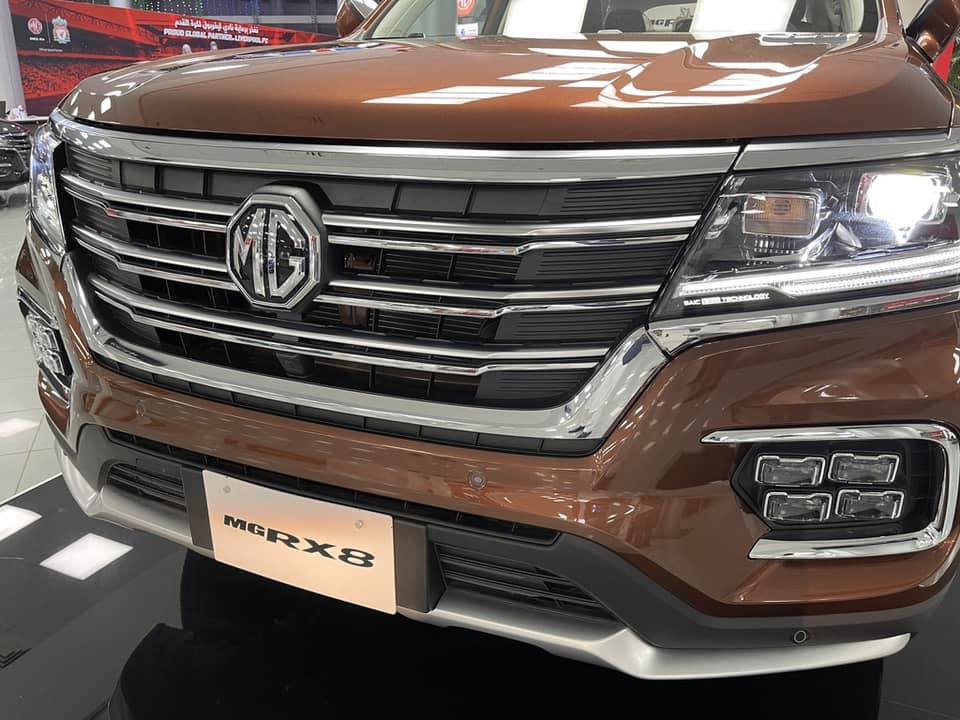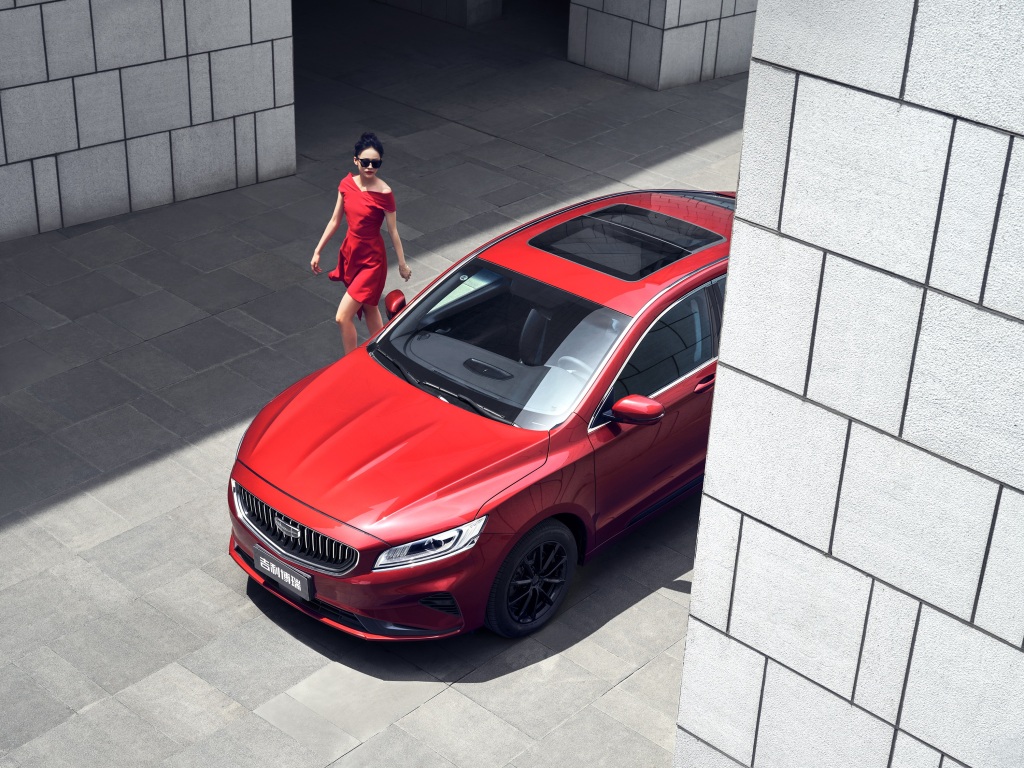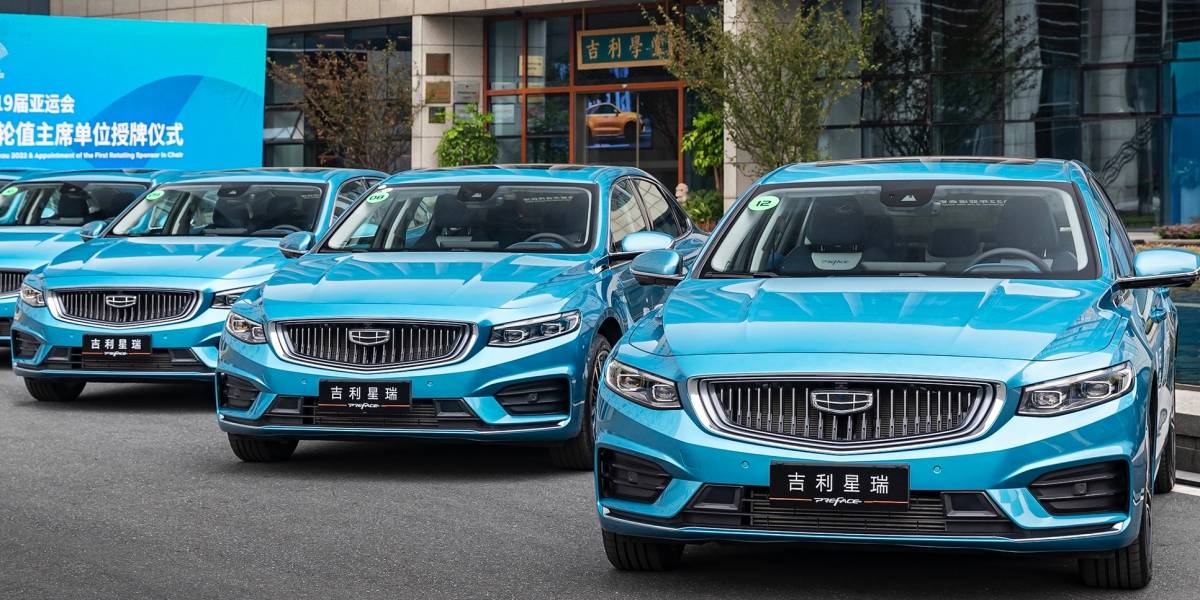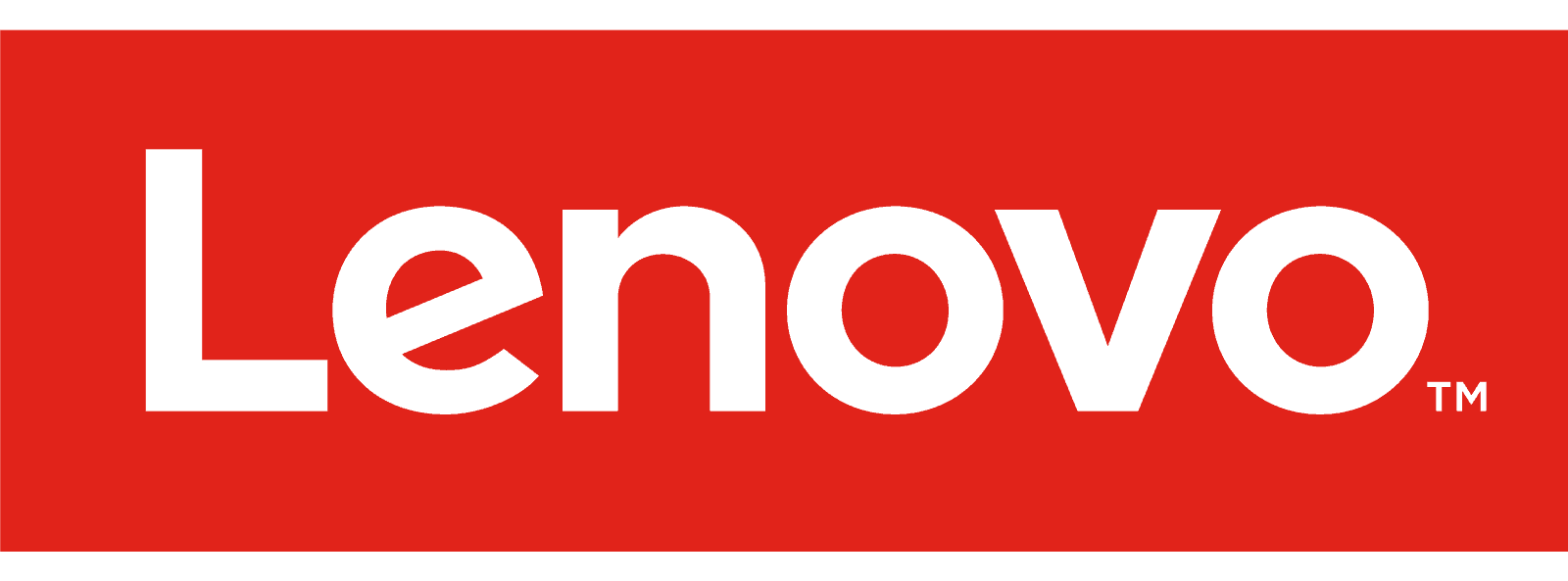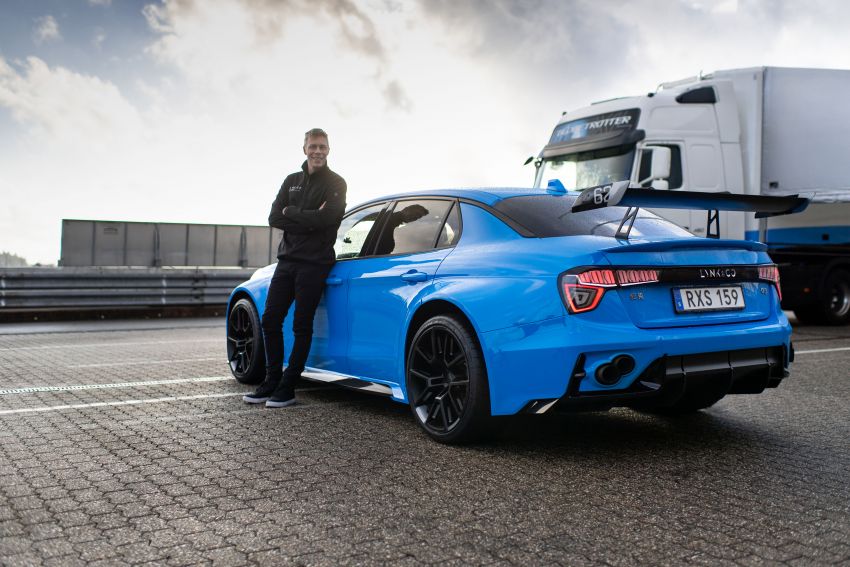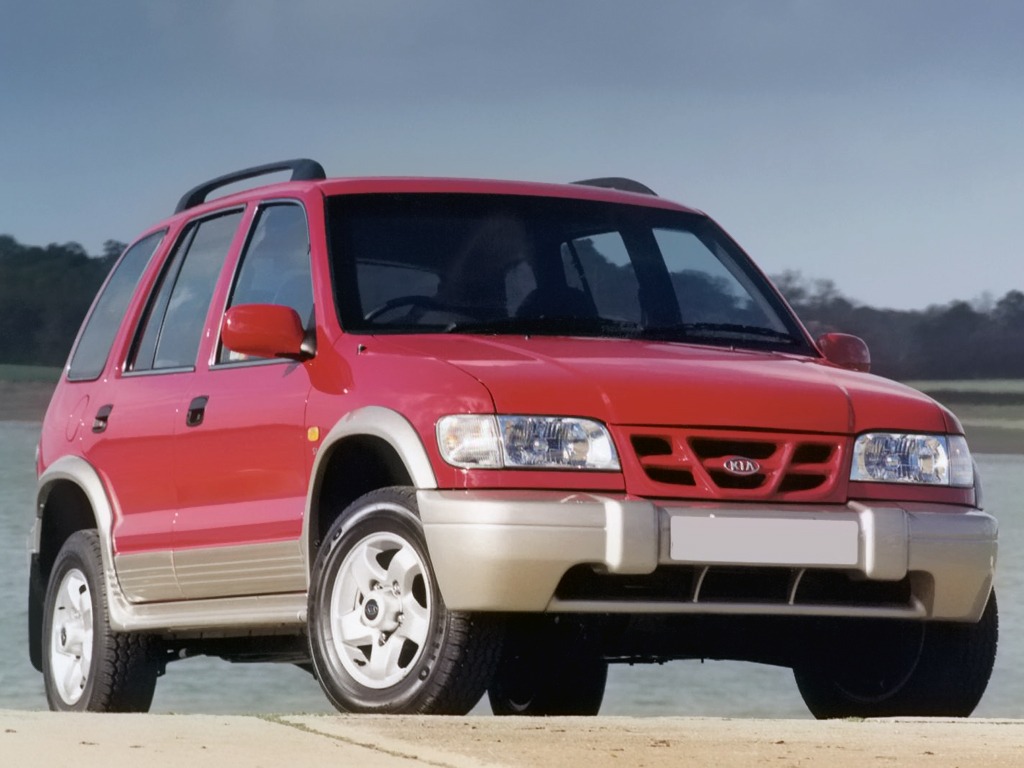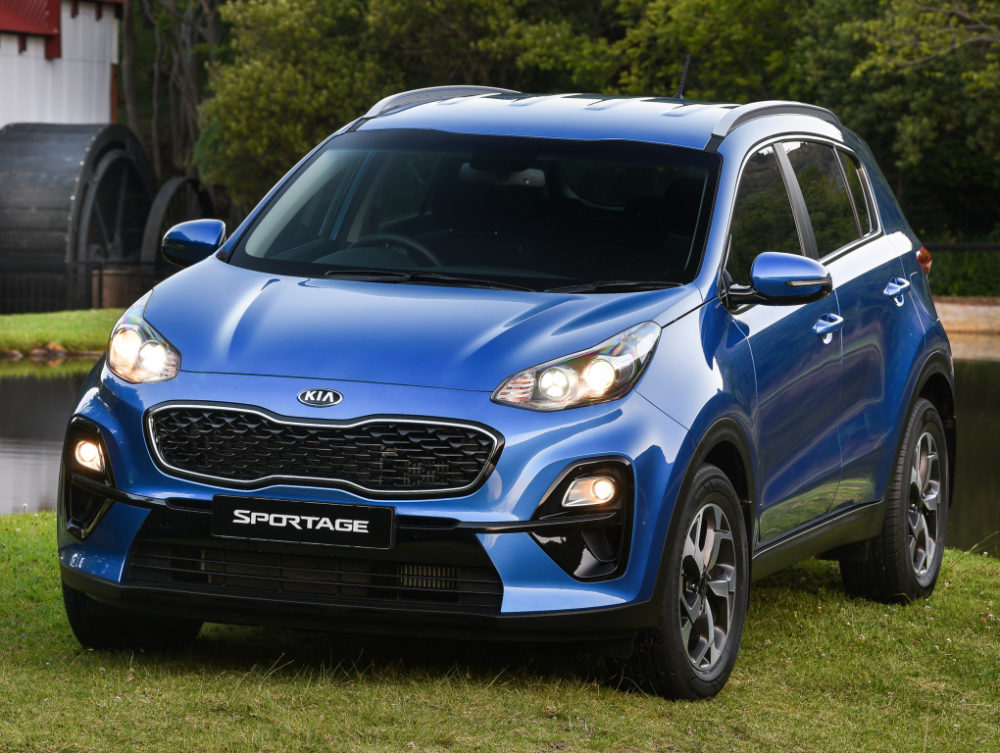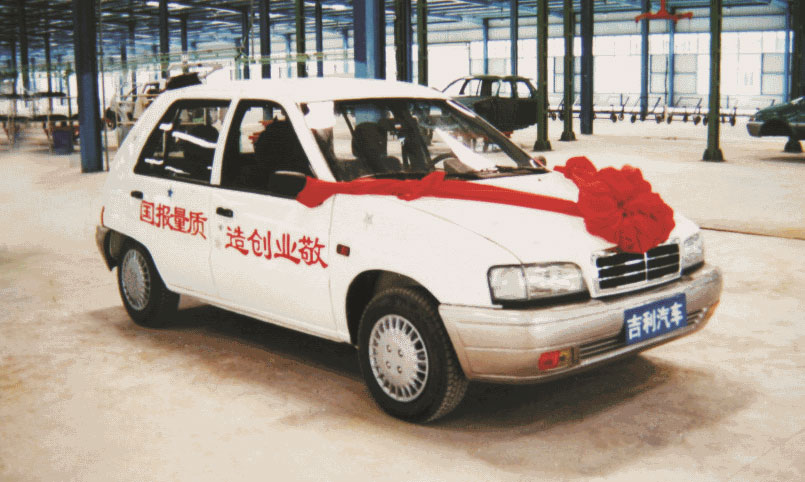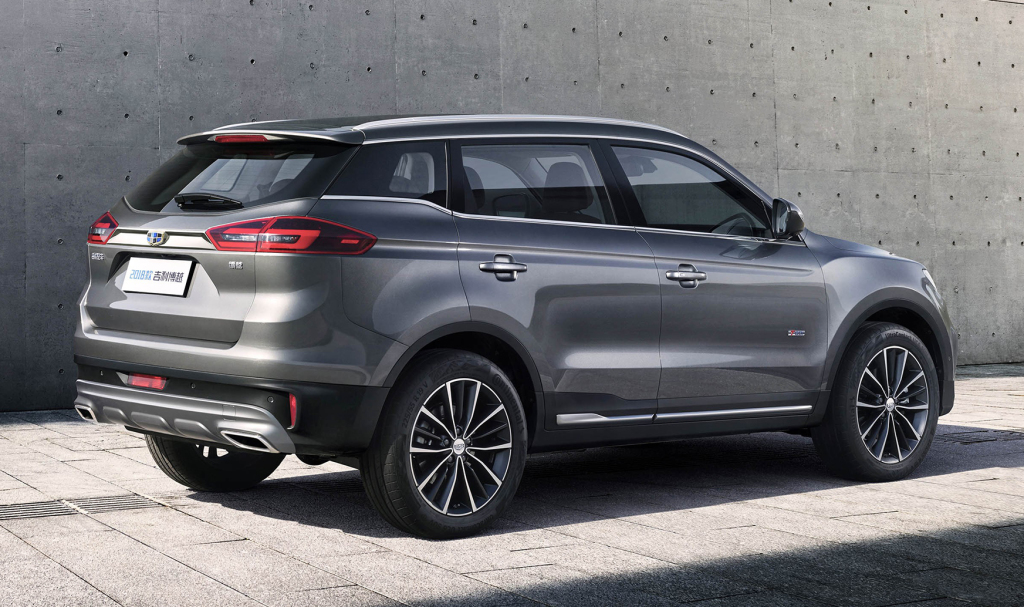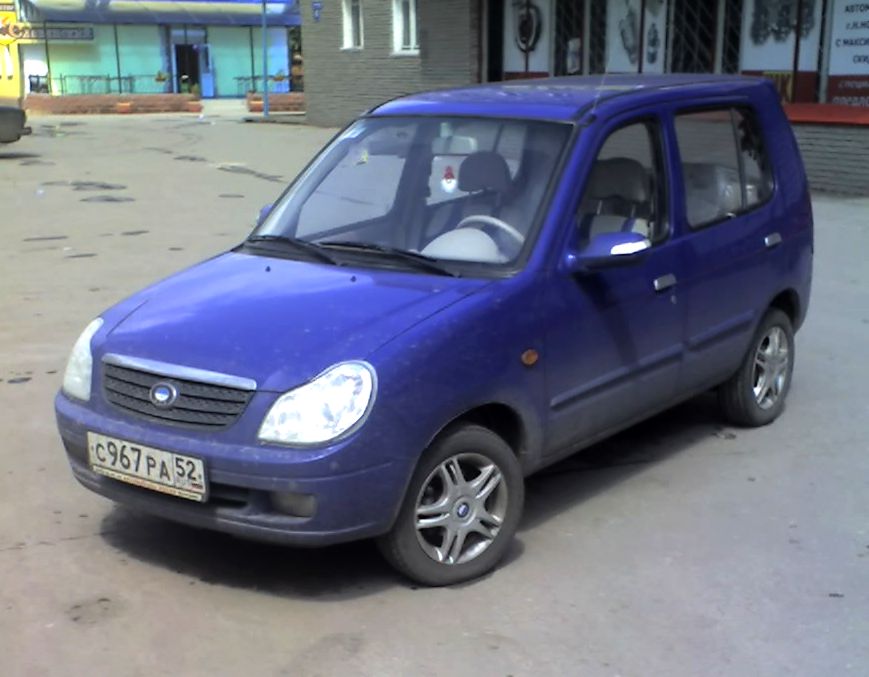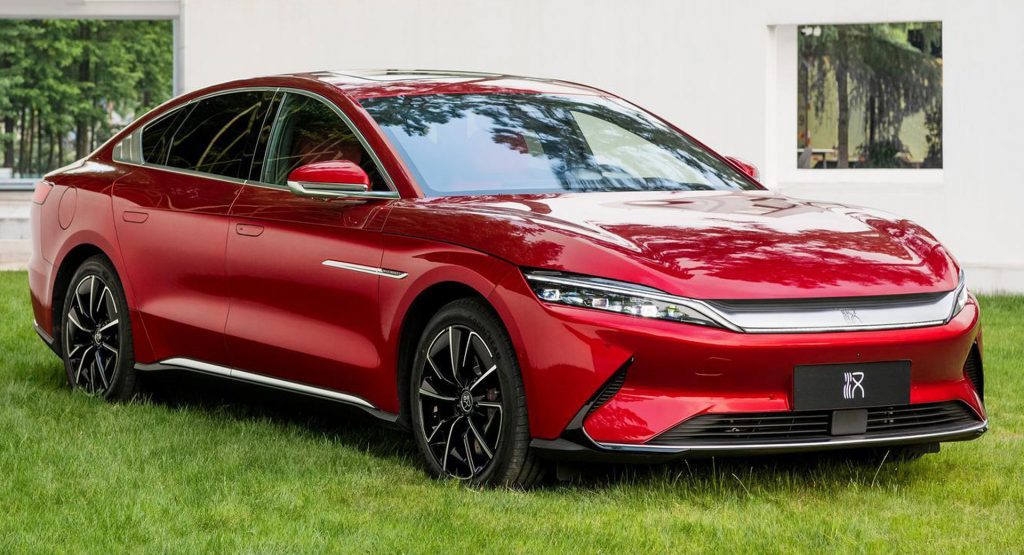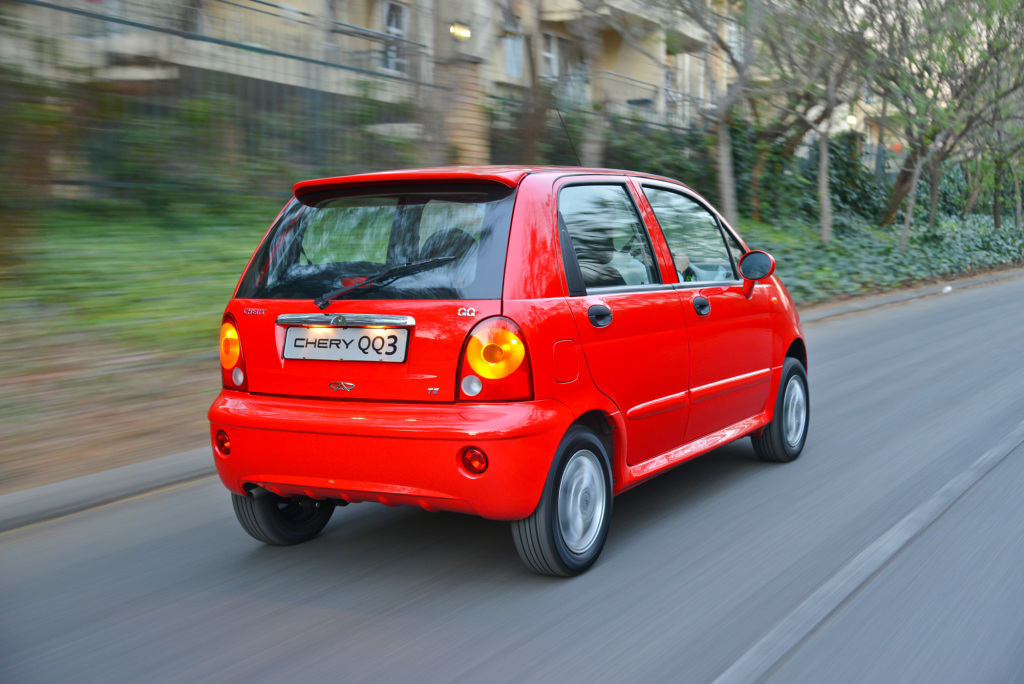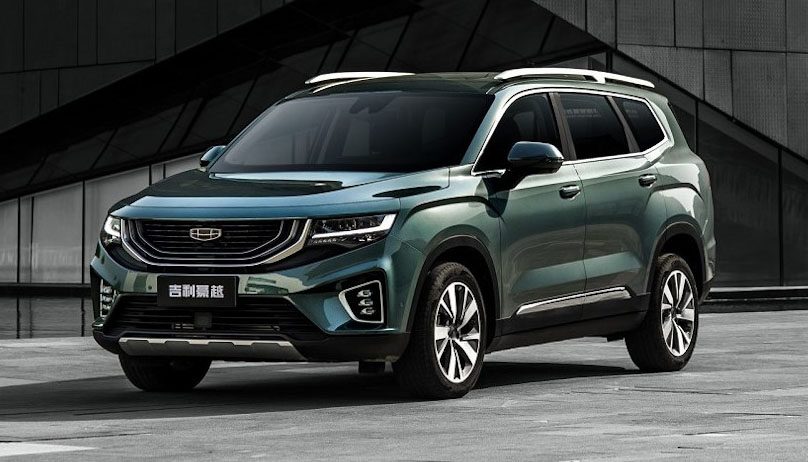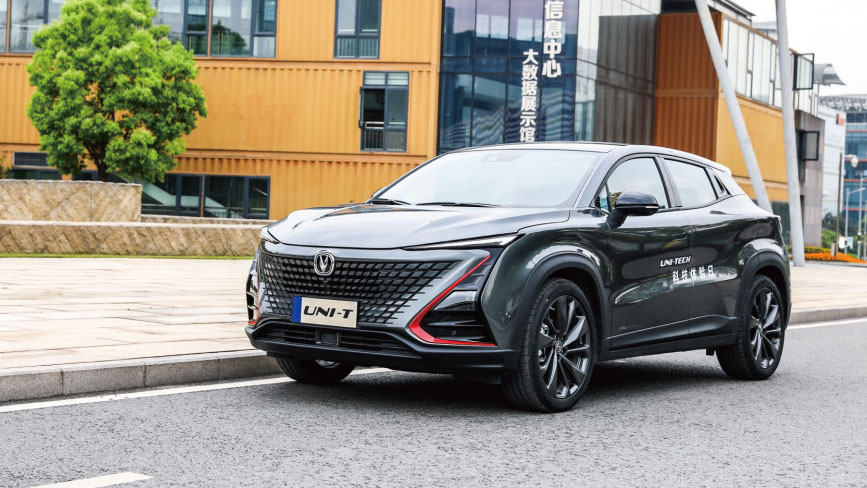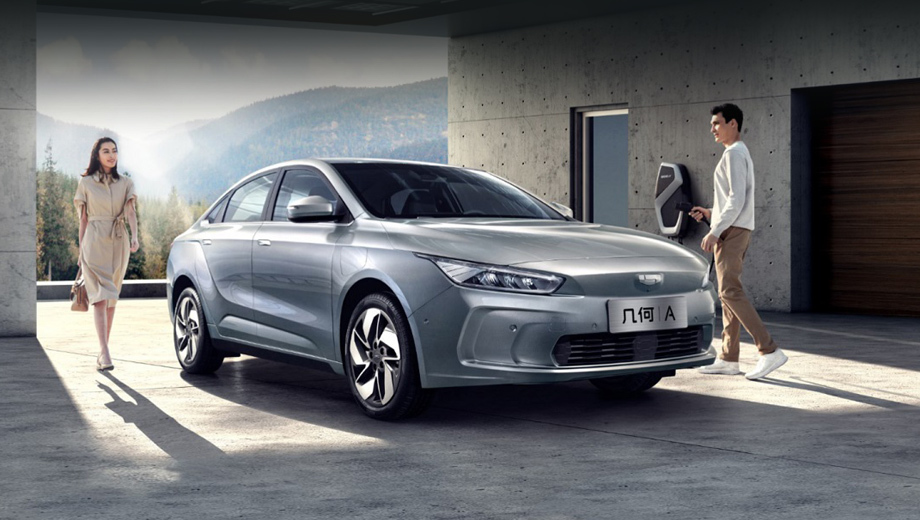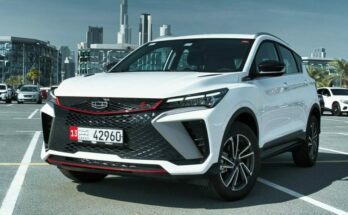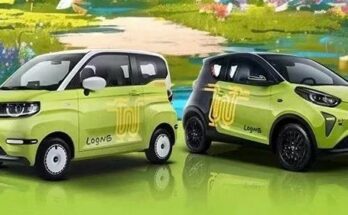Recently we have had a lot of people talking about, and some articles on Pakistani automotive websites discussing that, Chinese brands are not now, nor will they ever be up-to-scratch. One of the companies discussed was MG (Morris Garages), the British brand which is now owed by a Chinese company. The popular opinion is, now that it is owned by China, it will be, for a lack of a better word, crap.
However, here is an excerpt from the MG Wikipedia page, which I have linked above:
“MG Motor UK Limited (MG Motor) is a British automotive company headquartered in London, United Kingdom, and a subsidiary of SAIC Motor UK, which in turn is owned by the Shanghai-based Chinese state-owned automotive SAIC Motor. MG Motor designs, develops and markets cars sold under the MG marque. MG Motor is the largest importer of Chinese made cars into the United Kingdom. The marque returned to competitive motorsport in 2012, and won the 2014 British Touring Car Manufacturers Championship.”
Yes, it says “a British automotive company” which is “owned by” a Chinese company. Anyone with experience in the corporate business world will be able to tell you that companies do change hands from time to time. Especially ones like MG which were facing financial difficulties. Still, SAIC Motors, who now own MG did not break it up or sell the assets or take all the intellectual properties and then abandon the brand.
No, like any company wanting to establish itself, SAIC worked through the MG brand. By integrating MG’s technical know-how into its own, SAIC, under the MG brand, introduced many of its own Chinese cars in the UK and other nations across the world such as Australia, India, Philippines and Thailand with sales numbers growing each year.
Related: Why Chinese Cars Should Worry European Automakers- Luca Ciferri
SAIC used MG not only in name but it benefitted from the skill and knowledge of MG’s engineers and its years of experience. SAIC improved its own Chinese products by integrating that know-how into them. It also used this brand to introduce their products to the world. The excerpt also says “won the 2014 British Touring Car Manufacturers Championship”. That, to me sounds like a company wanting to succeed. It is a testament to brand and product improvement and the right way of doing business.
If you do a simple search on YouTube, you can find many reviews of the MG HS on car review channels from Australia, Philippines or India etc. The reviews are usually very positive. If reviewers in those nations, with much more developed, diverse and modern car markets than ours, find these cars appealing and give them generally very positive reviews, then why are we criticizing them?
Related: World Famous Designers Now Designing Chinese Cars
It is not the “Pakistani Premium Japani” brands’ ways of doing things like selling a car for 35 years and with each passing year, we would be left wondering what was taken out rather than added in; or selling over-priced and under-spec compact sedan cars with minimal safety features (2 air-bags only, no pedestrian collision mitigation or auto high beams or lane keep assist or other such tech), bad quality materials and with prices that go up even if someone breaths too hard. We have been conditioned to call them premium and act like we should be thankful for getting them.
“Owned by Chinese company” does not mean that any such company would lose its identity. Let us take Geely for example. It is one company that I wish had come to Pakistan again. Above all the rest of the Chinese companies, this is the one I wanted the most. Geely (pronounced as Jeely. ‘Jee’ as in Jeep) owns seven auto brands. They are Geely Auto, Volvo cars, Lotus, Lynk & Co, Polestar and most relevant for us, Proton from Malaysia. There are links to the Wikipedia pages for Lynk & Co and Polestar, I would really suggest you do visit them to see what they are. Geely owns these companies. Does that mean outstanding brands such as Volvo cars are no longer good? No, that is not the case at all. Geely has used the know-how from these acquisitions to further its own products and to expand its product base. That is why Geely can offer cars such as the Preface (pictured below).
Or the Lynk and Co 03 under their Link & Co brand with Volvo (review video in the link):
To explain this concept a bit further, let us take the example of a Tech company, Lenovo. In the tech world it is a well-known and well received brand with good market standing and strong brand perception. It is Chinese. For those of you who don’t know much about this company, here is an excerpt from the Lenovo Wikipedia Page:
“Lenovo Group Limited, often shortened to Lenovo (/lɛˈnoʊvoʊ/ leh-NOH-voh), is a Chinese multinational technology company. Incorporated in Hong Kong, it has global headquarters in Beijing, China, operational headquarters in Morrisville, North Carolina, US, and an operational center in Singapore. The company designs, develops, manufactures, and sells personal computers, tablet computers, Smartphones, workstations, servers, super computers, electronic storage devices, IT management software, and smart televisions, and is the world’s largest personal computer vendor by unit sales as of October 2020. It also markets the ThinkPad and ThinkBook business lines of laptop computers; IdeaPad, Yoga, and Legion consumer lines of laptop computers; and the IdeaCentre and ThinkCentre lines of desktop computers.”
In 2005 Lenovo acquired IBM’s personal computer business. It did so by paying IBM $1.25 billion for its computer business and by assuming around $500 million of IBM’s debt at the time. One other part of the deal was to allow Lenovo to use IBM’s name for a few years on the computers that it would build going forward. It goes without saying that along with all the tools and technology for making personal computers, Lenovo also acquired or rather retained the services of the technical staff and engineering teams from IBM. Liu Chuanzhi, the founder of Lenovo said, quoting directly from their Wikipedia page:
“We benefited in three ways from the IBM acquisition. We got the ThinkPad brand, IBM’s more advanced PC manufacturing technology and the company’s international resources, such as its global sales channels and operation teams. These three elements have shored up our sales revenue in the past several years.”
That means for most of the people reading this article, if they ever used any “Lenovo by IBM” products, as they were commonly known in the early days of the Lenovo brand in Pakistan, the almost indestructible “ThinkPad” that people have been using since forever, is actually Chinese.
Related: Chinese Brands Grab Half of Domestic Auto Market Share
Since 2005, all so-called “IBM” desktop computers and laptops have been made by this Chinese company. At that time, I was just starting out my career in IT. For a long time, even I did not know Lenovo was a separate brand and Chinese. A lot of us thought it was a new name for IBM’s personal computer line. Nevertheless, Lenovo used that recognition to establish itself and now it is a world leading tech brand. It changed people’s perceptions and made them accept a new entrant into the segment. That is what the car brands are doing with acquiring these old but known brands.
The reason I brought this up and what I feel is very relevant here in Pakistan, is we don’t know what to make of the Chinese brands. These companies are expanding and changing so rapidly that if we don’t keep up with them, what we think we know of them quickly becomes outdated.
Related: Lynk & Co Becomes First Chinese Brand to Power an FIA World Title Win
It is a very commonly held view in the auto sector, what the Japanese companies achieved in 60 years, (their current brand recognition and brand standing,) the Koreans did that in less than 30 years and now the Chinese are doing the same in less than 20 years. Let us look at a few examples here:
The ever-green Toyota Corolla started as this in 1966:
And in 2020 we now have this:
The Kia Sportage in 1993 started as this:
And in 2020, now we have this:
In 2003, the Chinese company Geely made this, the HQ:
Now in 2020, Geely makes this. It is called the Jiaji. As Geely owns Proton Motors of Malaysia, this MPV will also be sold in Malaysia by Proton as the next generation Exora. I have linked to the YouTube review of this MPV. You will be pleasantly surprised at the quality and its outstanding price.
For a more relevant example, we can look at this, the Geely Boyue. If it seems familiar it’s because it is rebadged, with minor cosmetic changes, and is sold as the proton X70 in Malaysia and now in Pakistan as well. Also of note is that all the tech that everyone seems to be raving about; it is all made in China for these cars. This “advanced” tech that seems so futuristic to us here in Pakistan, which even the Japanese imports lack such as the voice activation features etc., are very standard in China.
Lastly, let us discuss another Chinese company here, BYD. As most of you would know, BYD will be coming to Pakistan to sell its electric cars here. BYD sold this in 2005, the BYD Flyer:
Now BYD has this, The Han. It is sold as either a plug-in hybrid or EV:
BYD also sells this, the Tang. It is an SUV which comes with either a Petrol engine, as a plug-in hybrid or a full EV:
I would highly suggest you do check out the links to the videos for the Han and the Tang. You will be pleasantly surprised. BYD is doing things with these cars, especially the Han that put mainstream EV auto makers to shame.
Related: Are Chinese Designing Better Looking Cars Than Japanese?
If anyone from BYD or Sapphire, their local business partner, is listening, please bring these EVs to Pakistan. Forget everything else. With all the tax concessions that companies have gotten in the new EV policy; use it and bring these two into the country. If you price them right and keep profits at fair levels and don’t exploit the tax breaks to make a quick buck, you will have the winning combo of EVs on the market; guaranteed.
So, this was a brief look at what the Chinese are bringing to the table with their cars. The simple reason for their quick pace is progress. When the older brands started, auto standards were not so established. They had to do their own R&D and establish standards. Case in point can be Volvo, the brand that gave the world vehicle safety standards and tests. With each passing decade, new companies had it easier because standards were already established and they knew the path that lay ahead. The Chinese companies are doing just that. Building on the strengths and lessons learned from their predecessors and building upon that; and they are learning and catching up fast.
Related: Geely Preface Wins 2021 China Car of the Year Award
The “cheapness” problem of the Chinese products that we face here in Pakistan is of our own making. Please realize that China is a manufacturing powerhouse. It makes products for all types of demands– from the lowest quality to the highest. We have always imported the lowest quality junk from China. Now we are judging their cars based on that. We have based our assessment of the Chinese brands on what we have seen of the two cheapest Chinese cars; the Bravo and the Pearl. Again, we have gotten the cheapest products from china and we’re now judging the rest based on that.
We also got an early taste of Chinese cars 15 years ago, right when they were just starting to establish themselves, and we deemed them inferior. Now those same companies are making the cars I have presented above; far better than the “Premium” cars we have here.
Related: Ode to the Little Chery QQ
Chinese cars are not bad at all– even the cheap ones. I speak from experience. As a Mehran and a Chery QQ owner, I can clearly say that my brand-new Mehran was falling apart after two years of use with plastics braking left and right and engine maintenance woes. But the Chery QQ I owned did not give me any major issues. Every single button worked just like new even after 7 years of use. All my “Japani fan-boy” friends kept on prophesizing the QQ would fall apart badly, but it never did. It worked perfectly. Now, after all those warnings, the QQ is back.
It will now be sold as the United Alpha in the 1000cc category. We are effectively getting a decade old car rather than the latest version. That is not the fault of the Chinese companies. That is the fault of the way our government taxes these cars. Even with the auto policy, the taxes are still too high for any good (new) small car for the masses to make it to Pakistan. That is why we have to make do with these cheap cars from China for the average consumer. With these bigger cars and SUVs, we are getting almost the best China has to offer.
Related: Geely Surpasses 10 Million Sales Mark in Just 23 Years
For those who can afford to pay for these new big cars and SUVs coming to our market, I whole heartedly propose to please do your homework. These brands are growing fast and will become the common brands in the region in the near future. These brands are moving fast and soon they will match or even out pace their predecessors; be it Japanese, European or Korean etc.
Before I wrap up, here are just a few more Chinese cars. All have videos available on YouTube if you would like to check them out.
Chery Tiggo 8: (review video in the link)
Geely Okavango:
Changan UNI-T: (review video in the link):
And lastly an EV; the Geely Geomerty: (review video in the link)
Are you ready to embrace cars hailing from China? Please let us know your thoughts in the comments section below.
Contributed by: Muhammad Ali Khan– A guy who is passionate about cars and concerned about the state of the auto sector in the country. 

CarSpiritPK welcomes Guest Posts. If you have the ability to generate quality content and can write some relevant and useful piece of information to be shared with our readers, feel free to contact us at: [email protected] Send you emails titled as (Guest Post submission)

